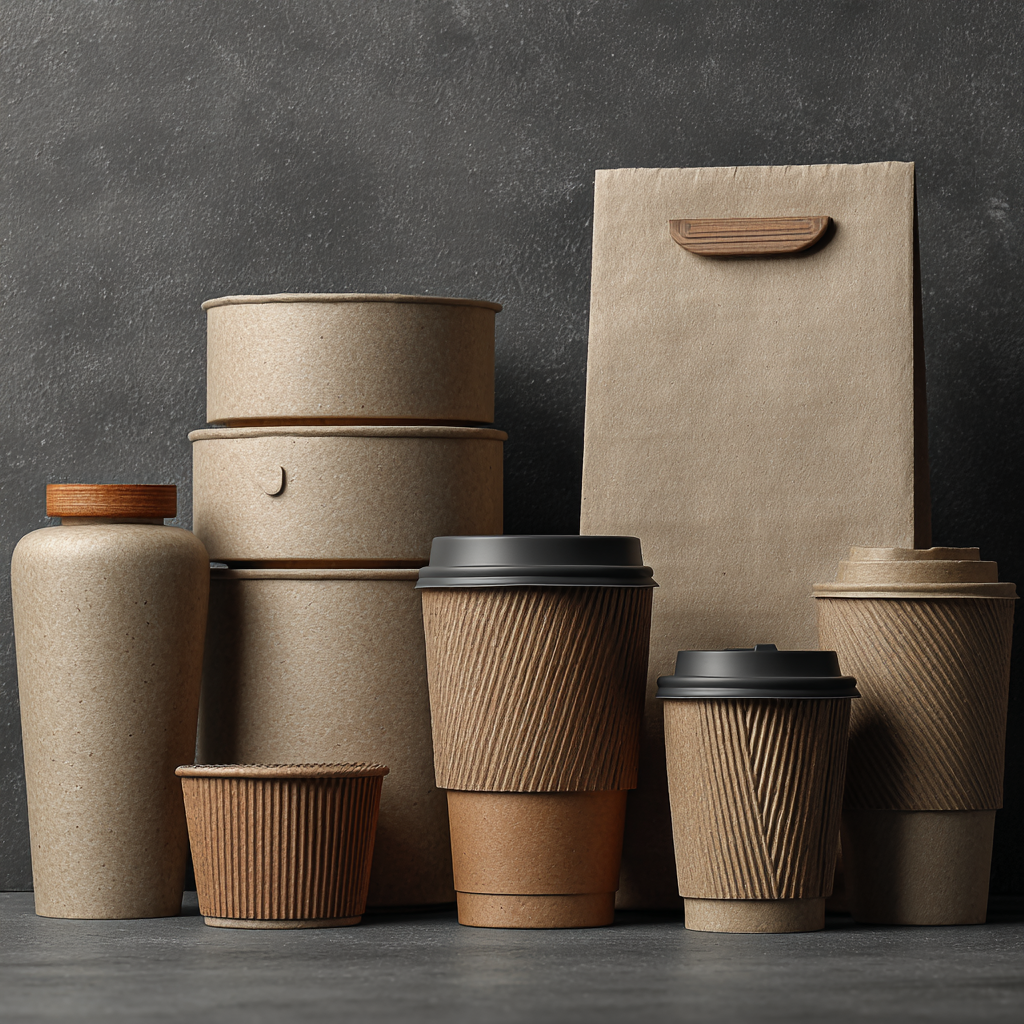Sustainable packaging is becoming increasingly important in today’s market, offering a way to enhance brand experience while meeting consumer demands for eco-friendly solutions. As businesses strive to align with global sustainability goals, integrating sustainable practices into packaging strategies can strengthen brand loyalty and consumer engagement.
The role of sustainable packaging in shaping brand perception is significant. By using eco-friendly materials and innovative designs, companies can create packaging that not only looks appealing but also aligns with sustainability values. This approach resonates with consumers who prioritize environmental responsibility in their purchasing decisions. These considerations are essential in crafting a memorable brand interaction.
Sustainable packaging as a cornerstone of brand perception
Sustainable packaging is crucial for creating a positive brand image. It reflects a company’s commitment to environmental stewardship and innovation, which can enhance consumer trust and loyalty. By adopting eco-friendly packaging, you can strengthen your brand’s appeal and connect more effectively with customers who value sustainability. To explore how leading brands achieve this, you can view packaging design work that highlights innovative approaches to sustainable materials and branding strategies.
Eco-friendly packaging also influences consumer perception by signaling that a brand cares about the planet. This perception can lead to increased customer loyalty, as buyers prefer brands that share their values. Aligning packaging design with both brand values and consumer expectations is vital for maintaining relevance in today’s competitive market.
Embracing sustainable practices not only meets regulatory requirements but also positions brands as leaders in innovation and environmental responsibility. This strategy boosts consumer trust and encourages other industry players to follow suit.
The impact of sustainable packaging extends beyond environmental benefits to create meaningful financial advantages. Studies show that consumers are willing to pay premium prices for products with eco-friendly packaging, sometimes up to 25% more than conventional alternatives. This consumer behavior demonstrates how sustainability initiatives can drive revenue growth while simultaneously reducing environmental impact. Companies that invest in sustainable packaging solutions often see improved market share and enhanced brand equity, creating a positive feedback loop that benefits both the business and the environment.
The integration of sustainable packaging into brand strategy also creates opportunities for storytelling and emotional connection. When brands share their sustainability journey through their packaging choices, they create a narrative that resonates with environmentally conscious consumers. This storytelling aspect can include information about the packaging’s origin, its environmental impact, and the brand’s broader sustainability initiatives. Such transparency helps build trust and creates a more meaningful connection between the consumer and the brand, ultimately leading to stronger brand loyalty and advocacy.
Innovative design principles for sustainable packaging
Innovative design principles for sustainable packaging focus on harmonizing aesthetics with environmental responsibility. Brands must create visually appealing packaging that also meets sustainability goals. Techniques such as using biodegradable materials or incorporating recycled content without compromising on visual appeal can significantly enhance the unboxing experience.
Exploring novel materials like mushroom-based packing or seaweed-derived alternatives offers both functionality and reduced environmental impact. These materials demonstrate that aesthetics and sustainability can complement each other effectively.
The key lies in balancing form and function while ensuring the package serves its primary purpose. This approach reduces waste and offers brands an opportunity to stand out by showcasing their commitment to innovative and responsible design.
Smart packaging technologies are emerging as a game-changing element in sustainable design. Integration of QR codes, NFC tags, and augmented reality features allows brands to reduce physical packaging while providing enhanced product information digitally. This approach not only minimizes material usage but also creates interactive experiences that engage consumers more deeply with the brand. Additionally, these technologies enable better tracking of packaging lifecycle, helping companies optimize their recycling programs and reduce waste throughout the supply chain.
Overcoming challenges in sustainable packaging
Adopting sustainable packaging presents challenges, including higher costs and supply chain complexities. However, these hurdles also present opportunities for innovation and differentiation within the market. By investing in research and development, brands can discover new ways to minimize environmental impact while enhancing functionality.
Viewing these challenges as growth catalysts rather than obstacles is crucial. Brands can leverage technological advancements to streamline processes and reduce costs associated with sustainable materials. Collaborating with suppliers who share similar values can also facilitate smoother transitions toward eco-friendly solutions.
Ultimately, overcoming these challenges requires a strategic approach that focuses on long-term benefits. By doing so, brands can unlock new possibilities for enhancing their overall brand experience through thoughtful packaging design work.
Education and transparency play vital roles in addressing sustainable packaging challenges. Brands must invest in consumer education to help customers understand the value proposition of eco-friendly packaging and proper disposal methods. Clear communication about materials used, recycling instructions, and environmental impact can transform potential skepticism into informed support. Companies that maintain transparency about their sustainability journey, including both successes and setbacks, often find greater acceptance and patience from consumers during the transition to more sustainable options.







